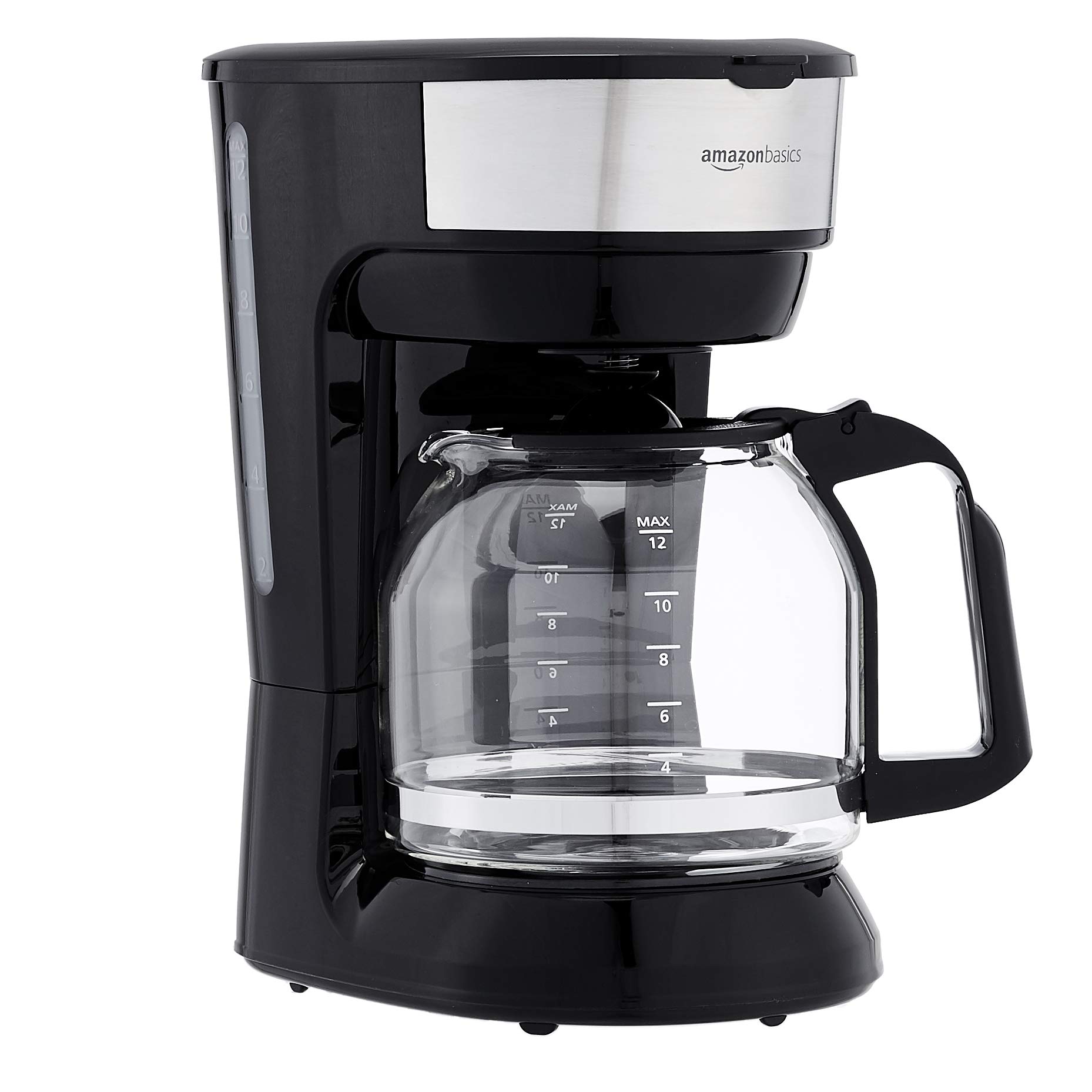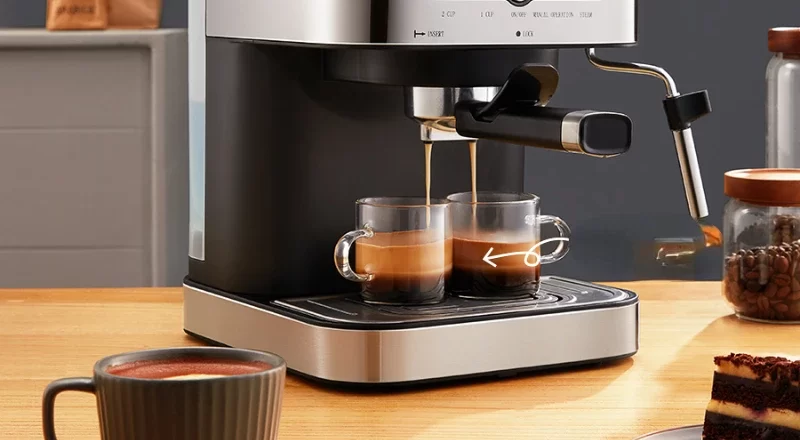Introduction
While coffee machines offer convenience and precision in brewing, there are several advantages to making coffee without a machine. Alternative brewing methods provide a unique coffee experience, allowing for greater control over the brewing process, customization of flavors, and the ability to enjoy coffee in various settings. In this guide, we will explore the advantages of making coffee without a machine and discuss popular alternative brewing methods that coffee enthusiasts can embrace.

What are the advantages of making coffee without a machine?
Flavor Customization
One of the main advantages of making coffee without a machine is the ability to customize the flavor profile according to personal preferences. Alternative brewing methods allow for greater control over variables such as water temperature, brewing time, coffee-to-water ratio, and grind size. This level of control enables coffee lovers to fine-tune their brewing technique and achieve a cup of coffee that perfectly suits their taste.
Brewing Consistency
With alternative brewing methods, brewing consistency can be achieved through meticulous control of variables. Unlike machine brewing, where the machine decides the brewing parameters, manual brewing methods allow users to replicate their preferred cup of coffee consistently. By mastering the technique and maintaining a consistent approach, you can consistently brew a cup of coffee that meets your expectations.
Cost-Effectiveness
Making coffee without a machine can be cost-effective in the long run. Alternative brewing methods require minimal equipment, typically consisting of a brewer, filters, and a kettle. Compared to investing in a high-quality coffee machine, which can be a significant expense, alternative brewing methods are budget-friendly and accessible to a wider range of coffee enthusiasts.
Portability and Versatility
Alternative brewing methods offer greater portability and versatility compared to coffee machines. With manual brewing techniques, such as pour-over cones, French presses, or Aeropress, you can brew coffee practically anywhere, from camping trips to hotel rooms. These methods do not rely on electricity or specific machine components, making them ideal for those on the go.
Connection to the Brewing Process
Making coffee without a machine allows for a deeper connection to the brewing process. The hands-on nature of alternative brewing methods, where you have control over every step, fosters a sense of craftsmanship and engagement. From grinding the beans to pouring the water and observing the extraction, you can actively participate in creating your perfect cup of coffee.
Appreciation of Brewing Techniques
Alternative brewing methods provide an opportunity to explore and appreciate different brewing techniques. Each method has its distinct characteristics, such as the full-bodied brew of a French press or the clean and nuanced flavors of a pour-over cone. By experimenting with various methods, you can develop a deeper understanding and appreciation for the intricacies of coffee brewing.
Sustainability and Environmental Considerations
Alternative brewing methods often have a lower environmental impact compared to coffee machines. These methods typically require minimal electricity or disposable components, reducing energy consumption and waste. Additionally, using reusable filters or biodegradable options instead of disposable pods or filters can contribute to a more sustainable brewing practice.
Artistic Expression and Creativity
Alternative brewing methods provide opportunities for artistic expression and creativity.
Popular Alternative Brewing Methods
Pour-Over Brewing: Pour-over brewing involves pouring hot water over coffee grounds in a filter cone.
French Press: The French press method involves steeping coffee grounds in hot water and separating the brewed coffee by pressing a plunger. This method produces a full-bodied cup with more oils and sediments, resulting in a rich and robust flavor.
Aeropress: The Aeropress is a versatile and compact brewing device that uses air pressure to extract coffee. It allows for quick and efficient brewing, and its design allows for experimentation with brewing parameters.
Moka Pot: The Moka pot is a stovetop brewing device that uses pressure to force water through coffee grounds. It produces a strong and concentrated brew, reminiscent of espresso, without the need for an espresso machine.
Cold Brew: Cold brew involves steeping coffee grounds in cold water for an extended period, typically 12 to 24 hours. The result is a smooth and less acidic coffee concentrate that can be diluted with water or milk.
Turkish Coffee: Turkish coffee is a traditional method that involves boiling finely ground coffee in a special pot called a cezve. It creates a strong, rich, and thick coffee with a unique flavor profile.
Conclusion
While coffee machines offer convenience and consistency, making coffee without a machine provides advantages that appeal to coffee enthusiasts seeking customization, portability, and a deeper connection to the brewing process. The ability to customize flavors, achieve brewing consistency, and embrace portability and versatility are just a few of the benefits. Embrace these advantages, experiment with different techniques, and elevate your coffee experience to new heights.

